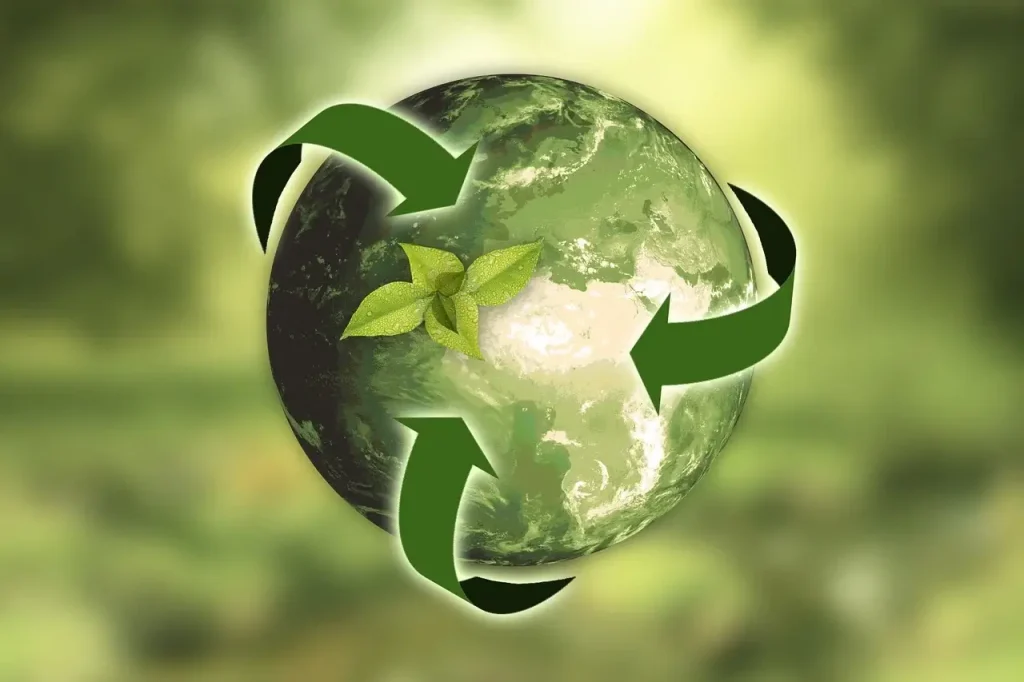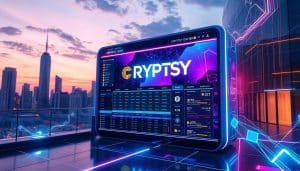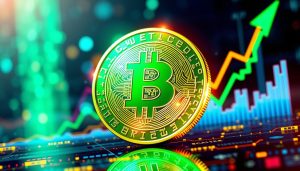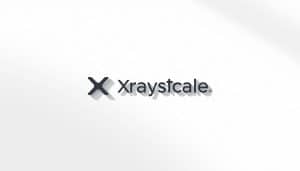Cryptocurrencies are digital assets, and power is necessary to run algorithms that maintain blockchains and process transactions. For years, there’s been a hanging question of how can digital currencies be more eco-friendly. The task isn’t easy – the blockchains should minimise carbon footprint while preserving blockchain integrity and optimal operation.
Solana is an excellent example of a blockchain dedicated to becoming eco-friendly. For some, that’s reason enough to buy Solana, and that policy partially contributes to the currency’s rising reputation over the years. Let’s dive into the crucial steps of Solana’s journey and how this blockchain minimises its carbon footprint.
Pivotal Moments in Solana’s Green Journey
Solana is a relatively new blockchain, considering that crypto investors can trade it since 2020. Its history goes a few years back when founders Raj Gokal and Anatoly Yakovenko started working on the project.
The Launch of Proof-of-History (2017)
Solana uses a proof-of-stake mechanism where traders become validators to verify transactions on the chain and receive an incentive in return. Some networks that use it are Ethereum, Tezos, and Cardano.
The unique thing that Solana adds to the mix is the proof-of-history. It’s an innovative technology that utilises verifiable delay functions to insert timestamps. Thanks to that, Solana blockchain can establish the timeline of the transactions on the network.
It’s best to compare it to a transaction being a train. On other crypto networks, the train uses every stop to communicate with all other stations to get an appropriate stamp, which takes a lot of time and energy resources. Solana trains collect stamps on the way. So, if the train goes from Washington to Seattle via Milwaukee, it will get the first stamp in Washington. Once it arrives in Milwaukee, the stop will know where it’s headed and when it should arrive. The proof-of-history mechanism secures faster and more energy-efficient transactions.
Carbon Neutral Commitment (2021)
The Solana Foundation, which operates the network, is dedicated to sustainability and minimising the platform’s carbon footprint. It regularly publishes energy use reports, and you can check the network’s statistics regarding CO2 intensity, emissions, and electricity used per transaction or at an annual level.
Solana works closely with other partners to maintain maximum responsibility toward the environment. The Foundation partnered with Regen Network, which focuses on originating biodiversity credits. Solana picked Terrasos Biodiversity Units, which focuses on protecting and restoring a part of a rainforest in Colombia. These credits use a Habitat Bank model to maintain an optimal habitat for pumas, parrots, and other species living in sensitive environments. Solana also uses City Forest Credits, which support investment in urban treescapes throughout the USA.
Low Energy Per Transaction Benchmark (2022)
In 2022, Solana announced its commitment to lowering energy consumption. As of 2024, the average energy usage per transaction is 0.00412Wh. To compare, it takes about 0.0003kWh for a Google search query. In the crypto world, a single BTC transaction takes about 703 kWh, which amounts to several hundreds of thousands of Visa transactions. The low use of energy per transaction will remain to be the network’s goal in the coming years.
Green Development Initiatives (2023)

Source: Pexels
Solana promotes an eco-friendly ecosystem for developers and looks to integrate renewable energy solutions into its infrastructure. AgriDex, an agricultural platform, made the first international trade on Solana using real-world assets. They sold wine cases and olive oil bottles, which travelled from South Africa to London.
Thanks to excellent energy efficiency and low transaction costs, Solana is an attractive platform for developers. It has a growing ecosystem and community, and dApp creators can work closely with the foundation to maintain joint goals for sustainability.
3 Challenges Faced by Solana in Its Quest for Eco-Friendliness
It’s not easy to maintain eco-friendliness and remain competitive in the crowded crypto industry. Solana has been facing many challenges to achieve this goal.
- Managing Network Upgrades
Solana regularly publishes network performance reports. The aim is 100% uptime, and it almost never goes under 99%. The upgrades focus on handling the increasing demand and traffic in an efficient way. The 1.17 validator update plans a ZK-proof feature update, which should improve performance to decrease transaction latency. That should subsequently decrease the use of resources for validators. However, it’s a logistical challenge to implement the necessary maintenance updates and improvements while keeping the platform eco-friendly.
- Balancing Performance and Sustainability
Solana becomes more attractive to developers and traders, increasing its transaction volume hourly, daily, and weekly. Solana creators face a challenge to maintain top performance and high transaction throughput while reducing the environmental impact. As the network grows, keeping its carbon footprint minimal becomes harder.
- Scaling Renewable Energy Integration
The Solana Foundation always looks to find new ways to implement renewable energy resources into the network’s infrastructure. It requires working hard to identify potential partners and discover how this partnership can help leverage green energy or related incentives.
From an investor’s perspective, some worry that Solana might not manage both – to keep up with other cryptos while maintaining a carbon-neutral commitment. It’s why some traders convert SOL to USD and even exit the crypto market altogether.
Solana’s Future Trajectory
Solana seems serious about maintaining its eco-friendliness and being a true green revolution in the crypto world. Its regular network performance and energy consumption reports ensure everyone can keep track of the results in terms of sustainability. As for the coin’s future, SOL has positive forecasts on most prediction websites. Experts almost unanimously agree that Solana is destined for success, and some indicate it has a huge potential to overthrow Ethereum from the top spot in the altcoin rankings. If environmental impact matters to you and you’d still like to invest in crypto, it’s hard to find a better option than SOL.
























 Bitcoin
Bitcoin  Ethereum
Ethereum  Tether
Tether  XRP
XRP  USDC
USDC  Solana
Solana  TRON
TRON  Lido Staked Ether
Lido Staked Ether  Dogecoin
Dogecoin  Figure Heloc
Figure Heloc  Cardano
Cardano  Bitcoin Cash
Bitcoin Cash  WhiteBIT Coin
WhiteBIT Coin  Wrapped stETH
Wrapped stETH  Wrapped Bitcoin
Wrapped Bitcoin  USDS
USDS  Wrapped eETH
Wrapped eETH  Binance Bridged USDT (BNB Smart Chain)
Binance Bridged USDT (BNB Smart Chain)  Chainlink
Chainlink  Monero
Monero  WETH
WETH  Zcash
Zcash  LEO Token
LEO Token  Stellar
Stellar  Hyperliquid
Hyperliquid  Coinbase Wrapped BTC
Coinbase Wrapped BTC  Ethena USDe
Ethena USDe  Litecoin
Litecoin  Sui
Sui  Avalanche
Avalanche  Hedera
Hedera  sUSDS
sUSDS  Shiba Inu
Shiba Inu  Dai
Dai  USDT0
USDT0  PayPal USD
PayPal USD  Mantle
Mantle  World Liberty Financial
World Liberty Financial  Cronos
Cronos  Toncoin
Toncoin  Ethena Staked USDe
Ethena Staked USDe  Uniswap
Uniswap  Polkadot
Polkadot  Canton
Canton  Aave
Aave  USD1
USD1  Rain
Rain  Bitget Token
Bitget Token